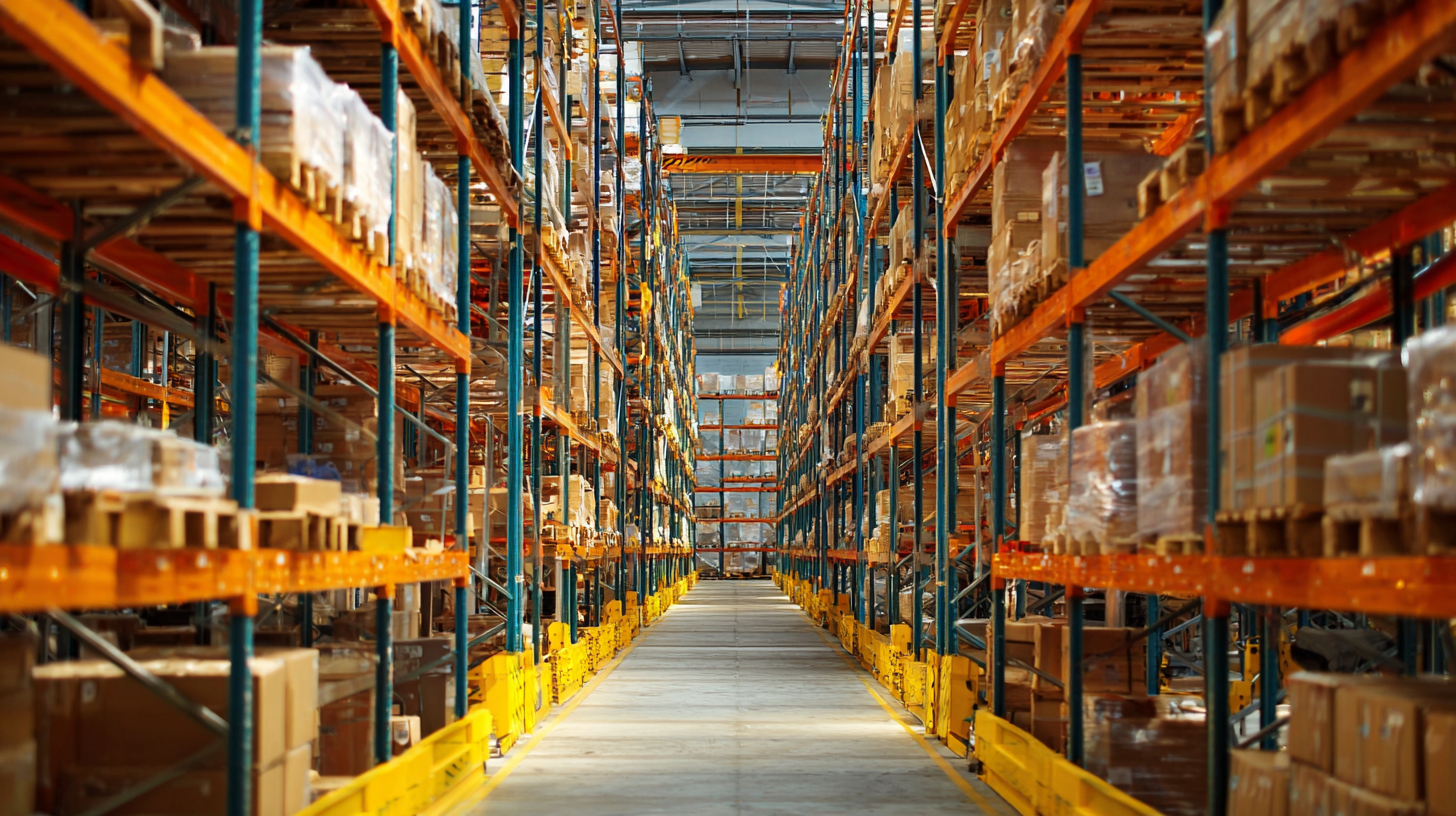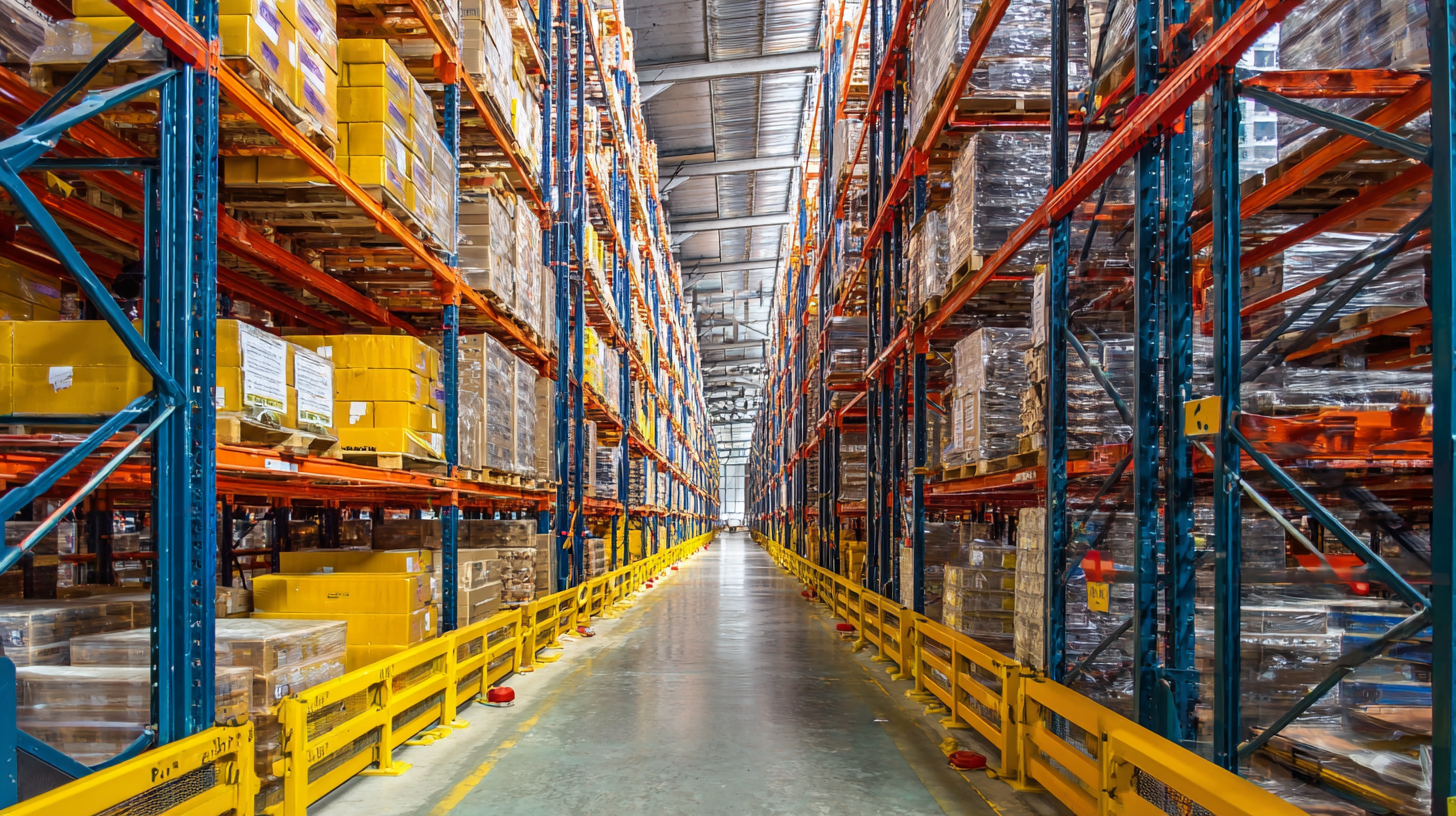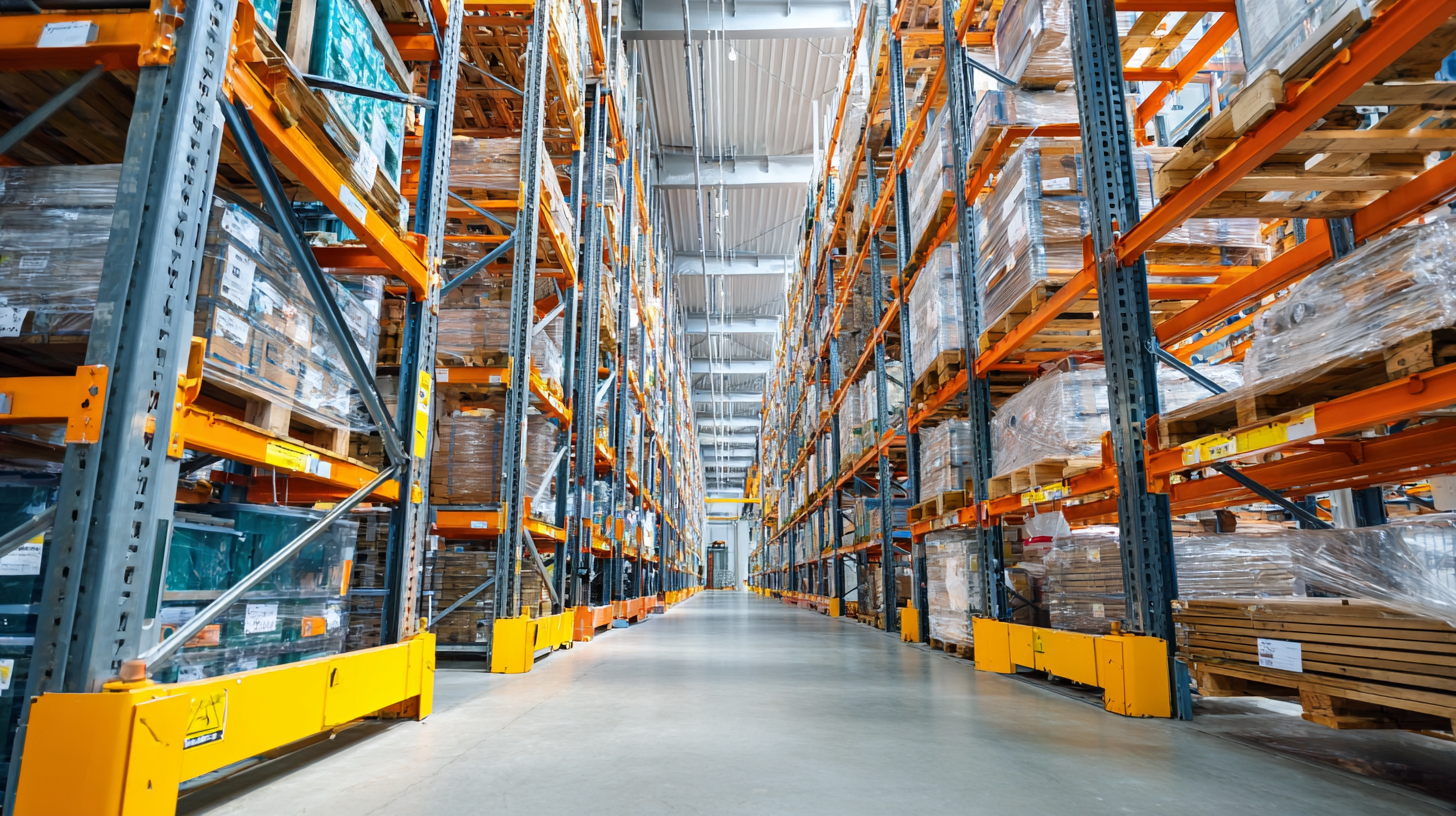Future Ready Warehouse Storage Racks Trends for 2025 Your Ultimate Checklist for Global Buyers
As the global logistics landscape continues to evolve, the demand for innovative and efficient warehouse storage solutions is at an all-time high. According to a recent report by Grand View Research, the global warehouse storage rack market is expected to reach USD 9.37 billion by 2025, driven by the growing e-commerce sector and the need for optimized inventory management. This growth directly correlates with emerging trends in warehouse storage racks, including automation, modular designs, and sustainability. In this blog, we will provide global buyers with an ultimate checklist to navigate the upcoming trends in warehouse storage racks for 2025. From understanding the implications of technological advances to prioritizing space efficiency, this guide aims to equip businesses with the knowledge they need to stay ahead in an increasingly competitive market.

Identifying Key Features for Future-Ready Warehouse Storage Racks in 2025
As we approach 2025, the demand for future-ready warehouse storage racks is expected to escalate, driven by the exponential growth of e-commerce and supply chain innovations. A recent report from MarketsandMarkets predicts that the global warehouse management system market will reach $5.8 billion by 2025, highlighting the necessity for adaptable and efficient storage solutions. Key features that buyers should prioritize in warehouse storage racks include modular design, enhanced durability, and smart technology integration. Modular systems allow for easy reconfiguration, essential for facilities that need to scale rapidly in response to market fluctuations.
Smart technology is becoming increasingly crucial in warehouse operations, with reports from Statista indicating that approximately 80% of logistics companies plan to invest in automation technologies by 2025. Future-ready racks equipped with IoT sensors can monitor inventory levels in real time, optimize space efficiency, and reduce operational costs. Additionally, sustainability is a growing concern, with a survey by McKinsey showing that over 50% of supply chain leaders are considering greener alternatives in their sourcing decisions. Implementing eco-friendly materials and designs in storage racks will not only align with corporate social responsibility goals but also enhance overall operational performance.

Strategies for Evaluating Supplier Reputation and Reliability in Global Markets
Evaluating supplier reputation and reliability is crucial for global buyers in the evolving landscape of warehouse storage solutions. In 2025, as businesses increasingly rely on efficient storage systems, the ability to distinguish trustworthy suppliers from unreliable ones can significantly impact operational effectiveness. Buyers should begin by researching suppliers' track records, examining case studies, and analyzing customer testimonials. This groundwork provides insights into the supplier's performance consistency and commitment to quality.
In addition to qualitative assessments, leveraging third-party reviews and industry certifications can bolster confidence in a supplier's reliability. Investigating their history in adhering to safety and compliance standards is vital, as these factors influence long-term partnerships. Additionally, engaging directly with suppliers through initial meetings or site visits offers valuable perspectives on their operational capabilities and responsiveness. A supplier with transparent communication and a solid track record of meeting deadlines and fulfilling commitments is more likely to be a reliable partner in your future-ready warehouse strategy.
Essential Certifications and Standards to Look for in Warehouse Rack Suppliers
When sourcing warehouse storage racks for the future, understanding the essential certifications and standards that your suppliers must adhere to is crucial. These certifications not only ensure safety and reliability but also help in maintaining compliance with industry regulations. Key certifications to look for include the American National Standards Institute (ANSI) for structural integrity, as well as the International Organization for Standardization (ISO) certifications, which cover quality management systems. Additionally, consider suppliers that are compliant with Occupational Safety and Health Administration (OSHA) guidelines, as these ensure that the products meet stringent safety standards in the workplace.
Another vital aspect is the supplier's commitment to sustainability and environmental standards. Look for certifications such as the Forest Stewardship Council (FSC) label, indicating that the materials used are sourced responsibly. Also, suppliers with a focus on sustainability may have certifications for energy-efficient practices. By prioritizing suppliers who meet these essential certifications and standards, you ensure that your warehouse racks not only serve their functional purpose but also align with global best practices and sustainability goals, preparing your operations for the demands of 2025 and beyond.
Future Ready Warehouse Storage Racks Trends for 2025
This chart displays the predicted popularity trends of various warehouse storage rack innovations set for 2025. As warehouses evolve, smart racking systems are emerging as the leading trend, while health and safety standards hold a smaller percentage in overall trends.
Leveraging Technology to Enhance Warehouse Efficiency and Rack Performance
As we look ahead to 2025, the landscape of warehouse storage racks is set to undergo significant transformation, driven primarily by advancements in technology. Businesses are increasingly leveraging automation to enhance efficiency within their warehouses. The integration of automated vehicles is expected to play a pivotal role, with the global market for these vehicles projected to soar from $2.75 billion in 2025 to $5.44 billion by 2032, reflecting a robust annual growth rate of 10.3%. This surge underscores the rising demand for smarter warehouse solutions that optimize space and streamline operations.
Incorporating technologies such as IoT, AI, and robotics allows warehouses to improve rack performance and increase overall productivity. Through real-time tracking and data analytics, companies can manage their inventory more effectively, reducing waste and minimizing downtime. As global buyers prepare to invest in warehouse storage solutions, it will be crucial to evaluate these technological enhancements. By adopting cutting-edge storage racks fitted with automation capabilities, organizations can ensure they remain competitive in an increasingly fast-paced market while meeting the challenges of the future head-on.
Building Strong Partnerships: Tips for Effective Communication with Suppliers
In the rapidly evolving warehouse storage sector, effective communication with suppliers is essential for building long-lasting partnerships. According to the 2023 Logistics Management report, companies that prioritize strong supplier relationships see a 40% improvement in order accuracy, which ultimately enhances operational efficiency. This trend is set to intensify as warehouses prepare for the demands of 2025, making it critical for global buyers to hone their communication skills.
Establishing clear and open lines of communication can significantly affect the quality of business relationships. The 2022 Supply Chain Insight study revealed that 78% of successful partnerships in the logistics industry stem from proactive engagement and transparent dialogue. Buyers should adopt collaborative approaches, utilizing tools such as collaborative planning and forecasting systems to ensure mutual understanding of market demands and inventory needs. By embracing these strategies, companies not only foster trust with suppliers but also position themselves to better navigate future market fluctuations.



